Taste Canada UK 2016 is the annual tasting event hosted by the Canadian High Commission and Global Affairs Canada
“So how are you doing today Peter… are you having a good day?” Don Triggs drawls real slowly while extending a large mitt of a hand that clearly has been no stranger to a lot of hard graft, eyes narrowing with a smile.
“So, The Buyer, tell me about that Peter, what is The Buyer?” Again, real slow. Don’s wife Elaine leans in with rustic British Columbian bonhomie looking for all the world like she might present me with a freshly baked apple pie rather than pour me some of her delicious Gruner Veltliner called Unicus, that sells out each year to sommeliers in BC being wise to its excellent pairing ability with Asian and seafood.
Mmmm, it might take me a little bit longer to get round this Wines of Canada tasting than I thought. I haven’t even tasted the first wine.

The annual Wines of Canada tasting is held at Canada House in Trafalgar Square
At each of the 29 stands, that cover Canada’s four main wine producing areas – Ontario, Nova Scotia, British Columbia and Quebec – producers are keen to engage, talk about their wines and very keen to talk about you. The fact is that the majority of these winemakers do not yet have distribution in the UK and are very keen to get it, Don and Elaine Triggs of Culmina Family Estate Winery included. Only 13 of the 29 producers exhibiting at Taste Canada UK 2016 have UK distribution.
“The fact of the matter,” says Janet Dorozynski, whose job is to promote Canadian alcoholic drinks, “is that seven or eight years ago Canada targeted the UK as a market that producers particularly want to get into.”
For most producers the UK is never going to be a large export market, but it has enormous marquee value.
“What we need is for some smaller boutique producers to enter the UK and open it up for the rest of us,” says Luciano Puglisi, proprietor of PondView Estate Winery that is also looking for UK distribution.
Although vines were planted almost 500 years ago in Canada, the modern wine industry is just 40 years old, with that fact reflected in the young age of the vines. Many critics are now sitting up and predicting that great things are happening here.
Although Canada is referred to as a cool climate region, there is no shortage of warmth, Blasted Church winery in British Columbia said that in 2015 (the hottest year on record) they had 37/38 degrees celsius for weeks on end. Interestingly in some parts of the country it is so cold that vines have to be buried in earth through the winter so that they can survive minus 20 degrees celsius and below.
Given that the country is almost 6,000 kilometres wide and that there is a massive variety of climates and terrains within each of the wine-growing regions themselves, it is hard to talk of one style fitting all, but rather which grapes tend to do well in which particular region.
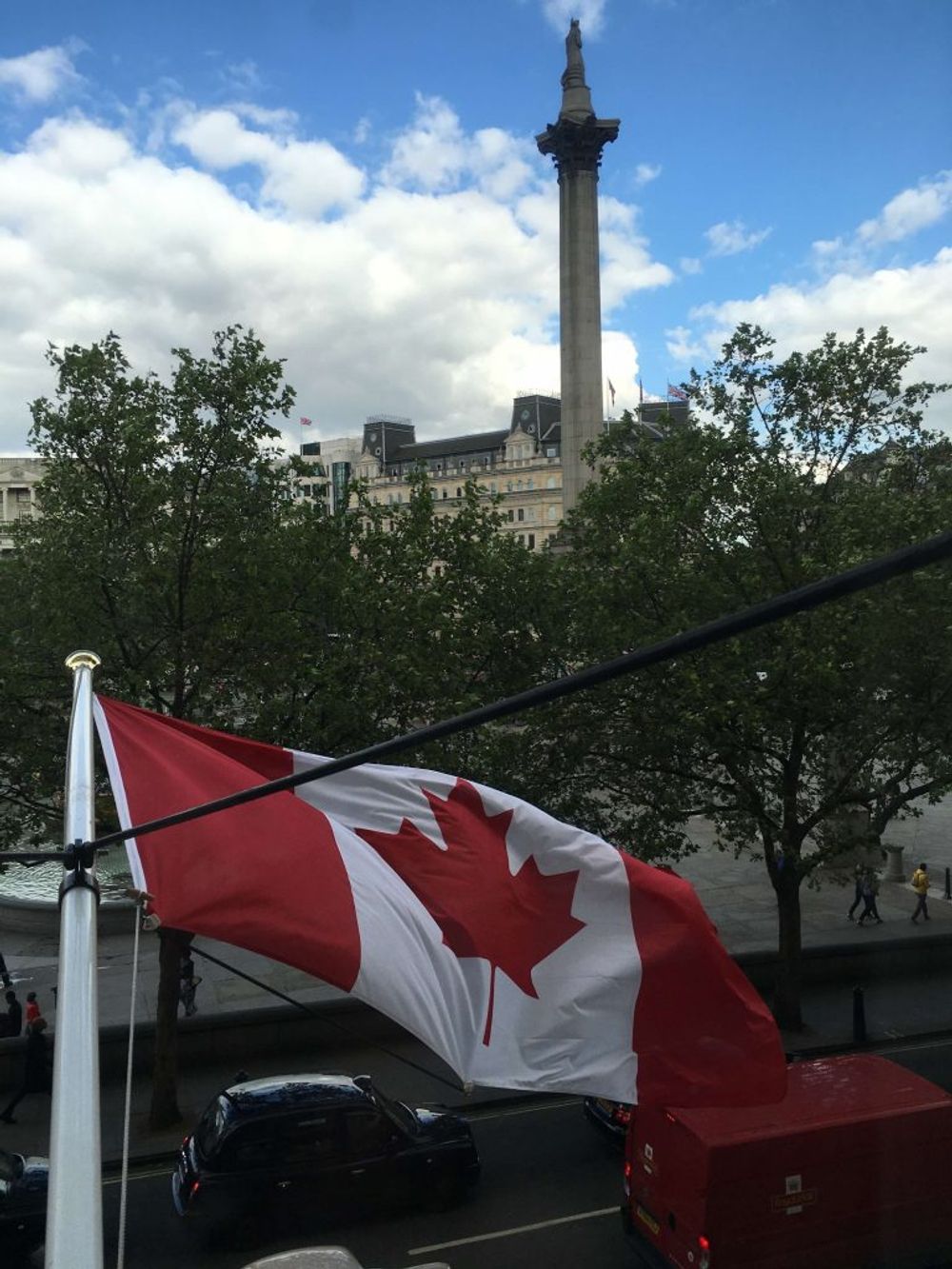
So having tasted 100 or so wines, these are my main take-outs:
Spectacular Syrah
Syrah loves granite so Syrah loves British Columbia. In each of the Syrahs I tried there was plenty of black fruit, tapenade, pepper, meat, but they were reserved and not over-ripe or rich. My pick were four from 2013, all well-handled wines with great potential. The first three were all from Okanagan Valley – Poplar Grove Winery Syrah, Le Vieux Pin Syrah Cuvée Classique, and Painted Rock Estate Winery Syrah.
My favourite though was Nichol Vineyard “Old Vines” Syrah from Naramata. The vines used for this wine were the oldest of the four and it showed, the wine had this gorgeous undertow of blueberry on the mid palate, and a well-integrated structure built for the long haul. A winery to watch.
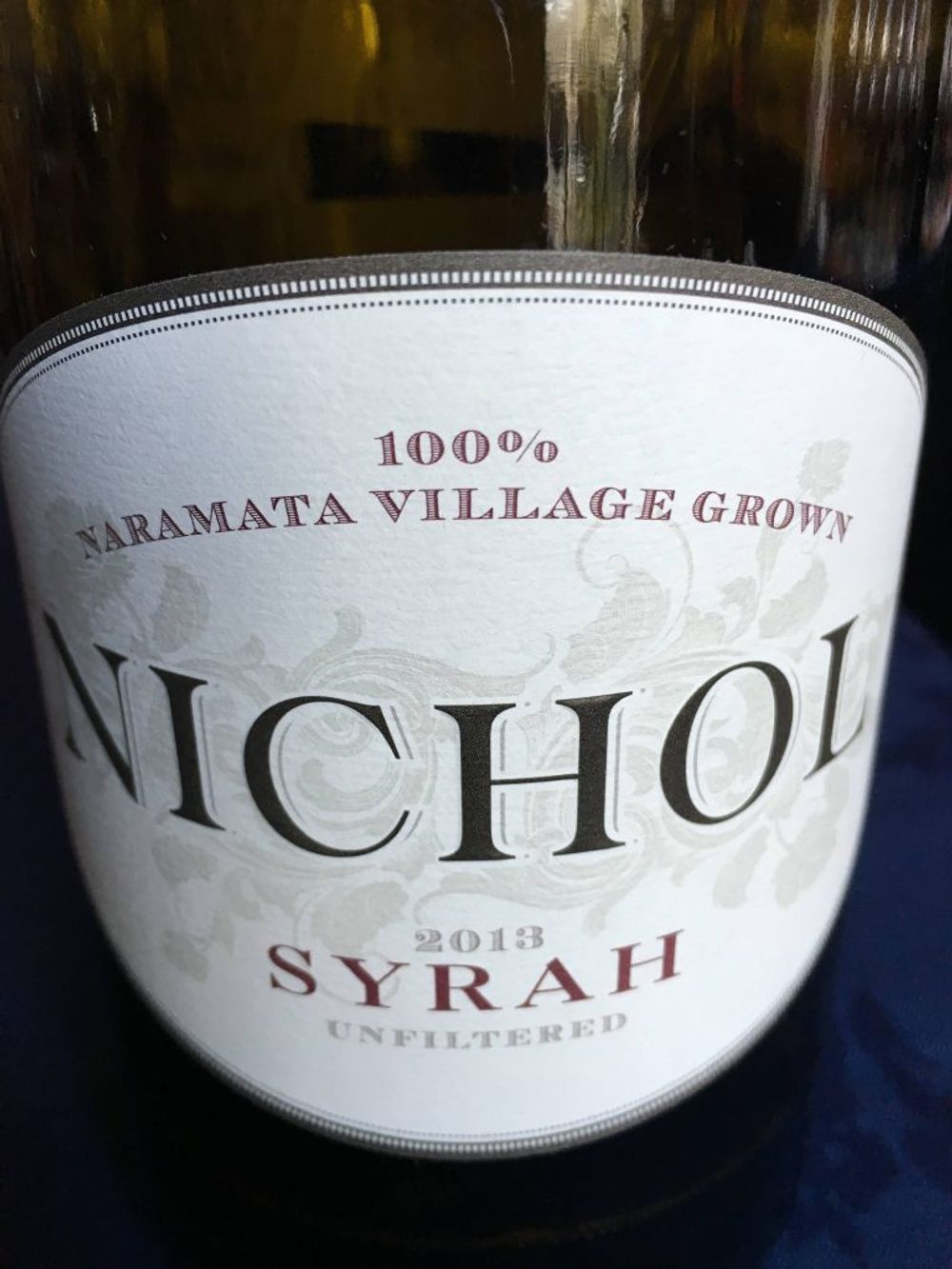
Distinctive Riesling
Canadian Riesling is New World but quite distinct from the wines coming out of most of Australia, New Zealand, South Africa and the USA. The Riesling here has clear, focused fruit, cool characteristics, and none of the oiliness you can get in Old World Riesling. The closest I would relate it to is the Riesling coming out of Tasmania in terms of acidity/ sugar balance and fruit profile. Plenty to like here – Gaspereau Vineyards Riesling 2015, Annapolis Valley, Nova Scotia was light and floral on the nose and had crunchy green crab apple on the palate.
There were three whose texture clearly benefitted having the oldest (40 years) vines – Sperling Old Vines Riesling 2012, and Tantalus Old Vines Riesling 2013, both from BC’s Okanagan Valley, and Cave Springs Cellars Riesling 2012 from Niagara Peninsula. My pick was the 2015 from Norman Hardie Winery, Ontario that was out of this world, so fruity and fresh and very different. Yum!

Peachy Pinot
Norman Hardie’s County Pinot Noir Unfiltered from 2014 was one of two standout Pinot Noirs. This was bright, focussed and spoke of the limestone soil and Hardy’s passion for a terroir-driven style. “Pinot is a like a peach,” he told me “pick it on the right day and the fruit is just perfect and pick it on the next and it’s totally gone.” Another standout was Unsworth Pinot Noir 2014 from Vancouver’s Cowichen Valley that was so light and fragile and clearly had a maritime influence. This is the only red fruit that can be reliably ripened each year in this region.

Crunchy Cabernet Franc
Cabernet Franc is going to continue to do well in Canada, particularly in Ontario. Most I tried were very good to excellent. Tawse Winery Van Bers Vineyard Cabernet Franc 2012 from Niagara Peninsula was simply to die for, the most amazing nose. It was riper than Loire Cabernet Franc but not in a bad way. Plenty of front tannin but hey this was a baby.
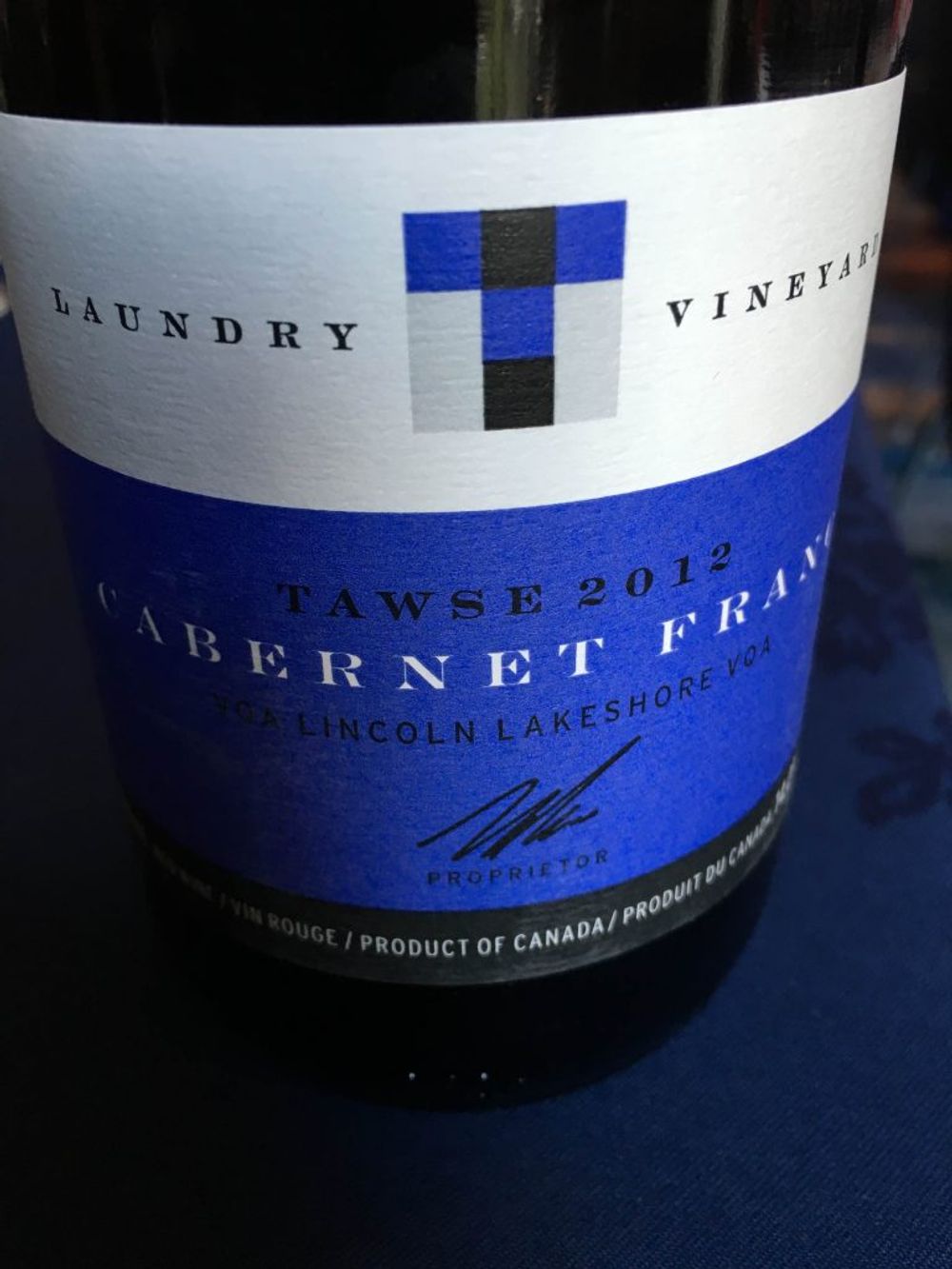
I also rated the wine from Painted Rock Estate, Okanagan Valley, BC, not just the Cabernet Franc and their Syrah but their Merlot and Red Icon Bordeaux blend were all very good, and explains why they won a major award for winery of the year and have representation here through Wine Treasury. Amazing given their first vintage was in 2007.
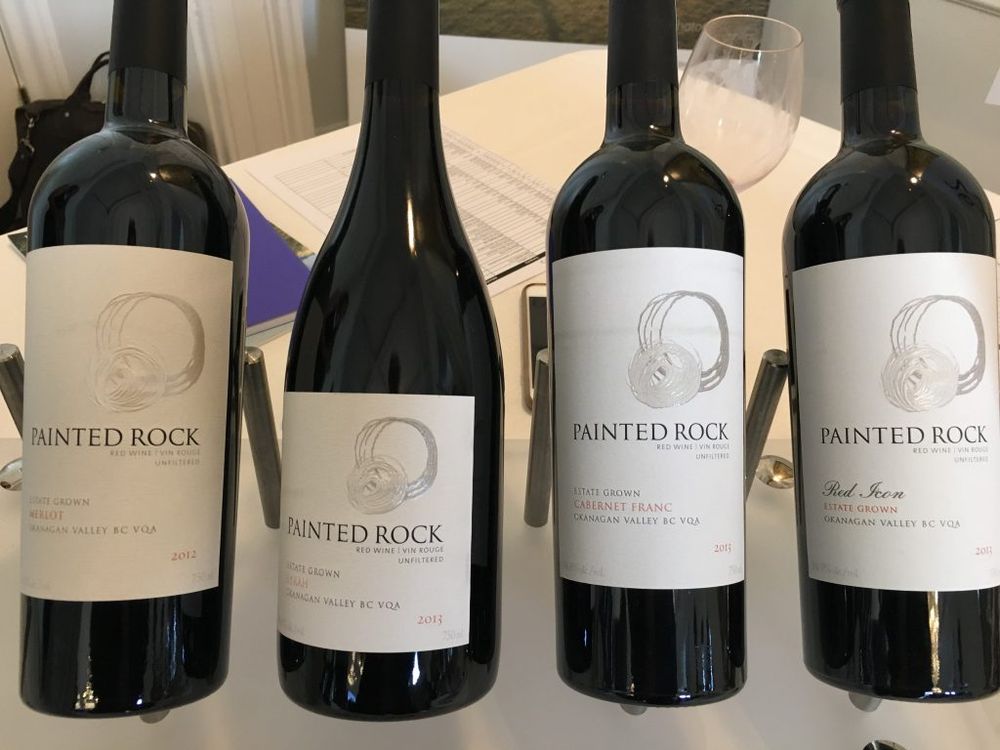
Nova Scotia for sparkling
All the sparkling I tried was impressive from classic NV from Ontario, BdB vintage from Niagara Peninsula, and Ancient Method from BC. The best by far was Benjamin Bridge Methode Classique Brut Reserve 2008, Gasperau Valley, Nova Scotia. This had an attractive nose, crisp, fresh young apple on the palate, generous mousse and biscuit on the finish. Nova Scotia is clearly an area on the up. Its proximity to the Bay of Fundy, that has the highest and strongest tides on Earth, means that there are cooling summer breezes, resulting in an unusual phenolic ripeness with low sugar. I, for one, will definitely be buying this and watching the area keenly.
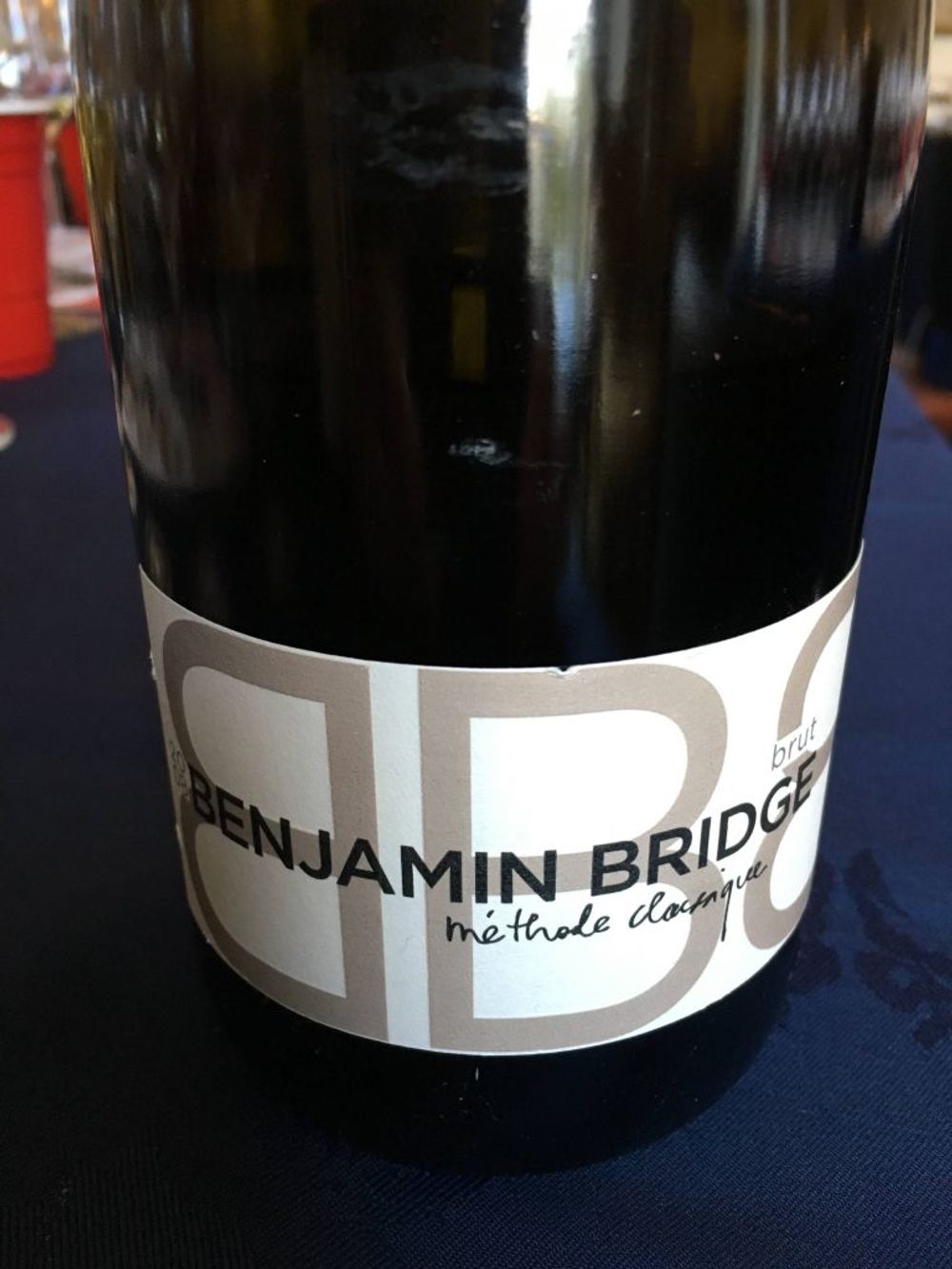
Ice, ice baby
Ice wine is the calling card for the Canadian wine industry and is the one category that is indisputably theirs. There were plenty on show and a number of varieties, but it’s hard to better the wine made with the original Vidal grape. I tried PondView’s with tarte tatin and blue cheese and it worked very well with both. An award-winner in Hong Kong, it is obviously unctuous, has notes of stone fruit and has clean acidity making it feel well balanced.
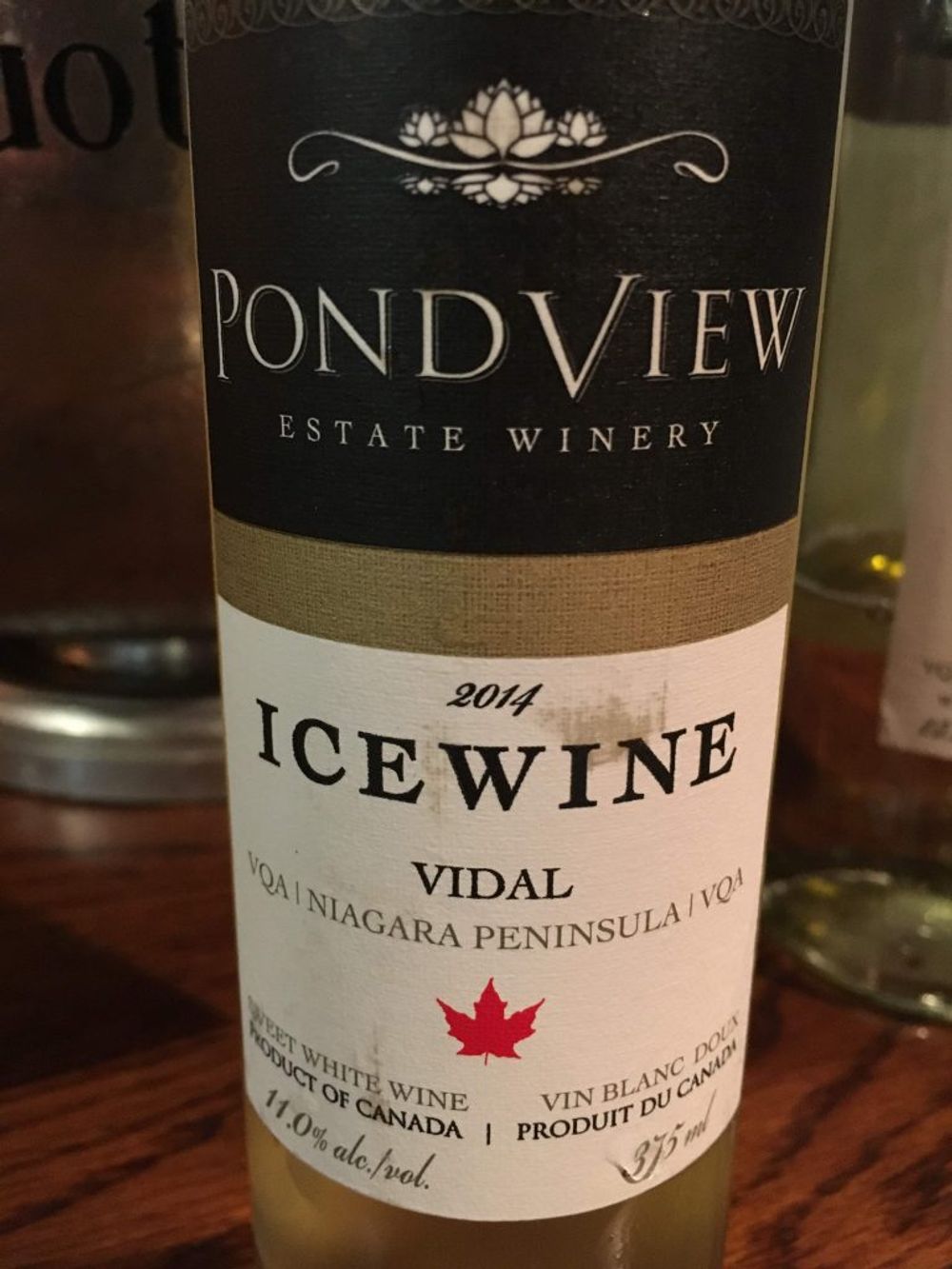
Overall then, it is hard to see Canadian wine breaking out of its niche status in the UK. There were plenty of wines to get very excited about, but producers need to be mindful of the price which, with the real standout wines is justified and with the lesser wines is not so. The organisers report that there were 167 guests at this year’s Wines of Canada tasting, up from 94 last year. Representatives included Sushi Samba, China Tang, The Ledbury, Royal Automobile Club, Oka, Tate, The Stafford, Caprice, Roux at Parliament Square and the Greenhouse.










































